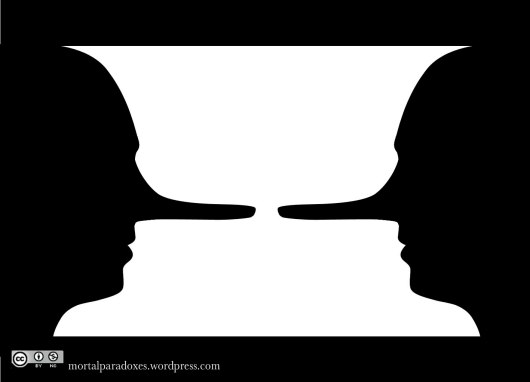Achilles and the Tortoise



Self-reference is one of the main ingredients in semantic paradoxes. Thus, for instance, the Liar paradox can use the following sentence that ascribes untruth to itself:
(1) This sentence is not true
Although we can achieve self-reference in a simple way using demonstratives like ‘this’ in the example above, we have a wide enough range of different methods to make a sentence mention itself. For example, we can name the following sentence ‘the Liar sentence’:
(The Liar sentence) The Liar sentence is not true
so that it turns out to be a self-referential sentence; it ascribes untruth to itself.
The American philosopher W.V.O. Quine (The Ways of Paradox) offered the following version of a sentence ascribing untruth to itself:
(2) ‘Yields untruth when appended to its own quotation’ yields untruth when appended to its own quotation.
This last sentence asserts its own untruth, for note that it claims that a certain sentence yields untruth when it is following its own quotation. But it turns out that the sentence which yields untruth when following its own quotation is precisely the sentence ‘Yields untruth when appended to its own quotation’ which happens to follow its own quotation in (2). Hence, (2) ascribes untruth to itself.
Raymond Smullyan (Diagonalization and Self-Reference) also shows that we can achieve self-reference in any language that contains some name formation device for linguistic expressions (usually single quotation marks). Suppose we define the norm of an expression to be the expression followed by its own quotation. For example, if we consider the following expression:
(3) I like apples
its norm would be (note that the norm of an expression does not need to be a grammatically correct expression):
(4) I like apples ‘I like apples’
Now consider the following expression:
(5) The set of untrue sentences contains the norm of ‘the set of untrue sentences contains the norm of’
(5) (which is a grammatically correct sentence) claims that a given sentence is untrue (that is, it is a member of the set of untrue sentences). Which one? the norm of ‘the set of untrue sentences contains the norm of’. But, what is the norm of ‘the set of untrue sentences contains the norm of’? Well, (5)!
Hence, (5) claims that (5) is untrue. It is, therefore, a self-referential sentence.
The idea behind the notion of normalization as used by Smullyan is similar to the method of diagonalization which Gödel used to prove his incompleteness theorems.

